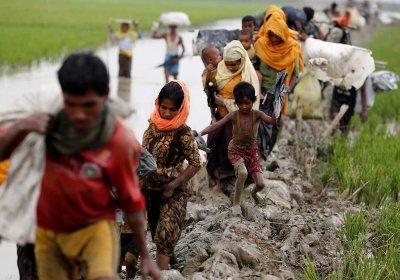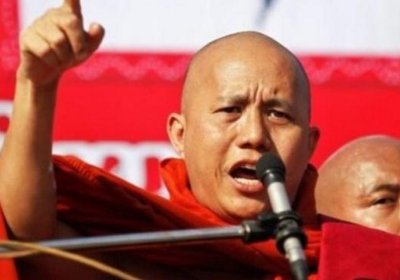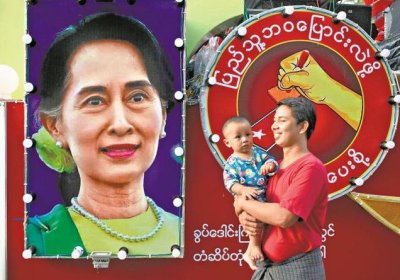More than 600,000 Rohingya have fled Myanmar (also known as Burma) to Bangladesh since August 25. With about 300,000 Rohingya refugees already in Bangladesh, tens of thousands in hiding in northern parts of Rakhine State and about 100,000 detained in Internal Displacement Camps, the United Nations Secretary General Antonio Guterres has described this mass exodus as “the world fastest-developing refugee emergency and a humanitarian and human rights nightmare.”
Yangon
Rohingya are an ethnic Muslim group who have lived for centuries in the majority Buddhist Myanmar.
Many Rohingya came to Myanmar from what is now Bangladesh during the British colonial period (1820s to 1940s) to expand rice cultivation in Rakhine State.
About 1 million Rohingya live in Myanmar, mostly in Rakhine State, making up some 2% of the country’s population and about 30% of the state’s population.
During the early hours of August 25, some 20 to 30 police posts were attacked in Maungdaw, Buthidaung and Rathedaung townships in the north of Rakhine State in Myanmar (also known as Burma). Twelve police were killed along with 16 attackers.
Responsibility for these attacks was later claimed by the Arakan Rohingya Salvation Army (ARSA).
In the two weeks since, the Myanmar military’s response has been brutal, widespread and indiscriminate. While accurate figures are not available, between 400 (military’s estimate), and “around a thousand” (United Nations estimate) Rohingya have been killed by the army.





